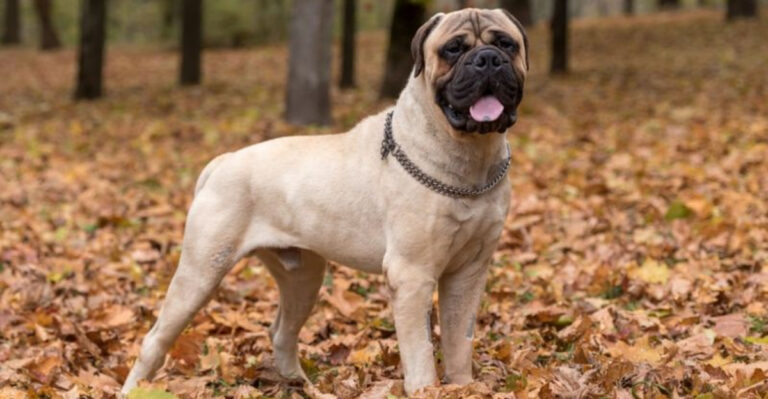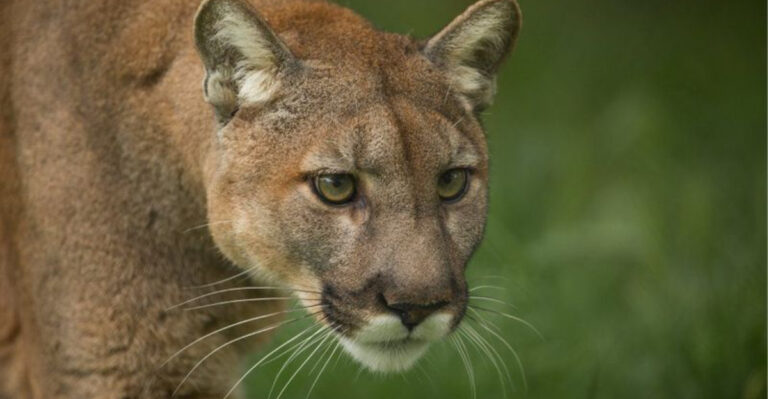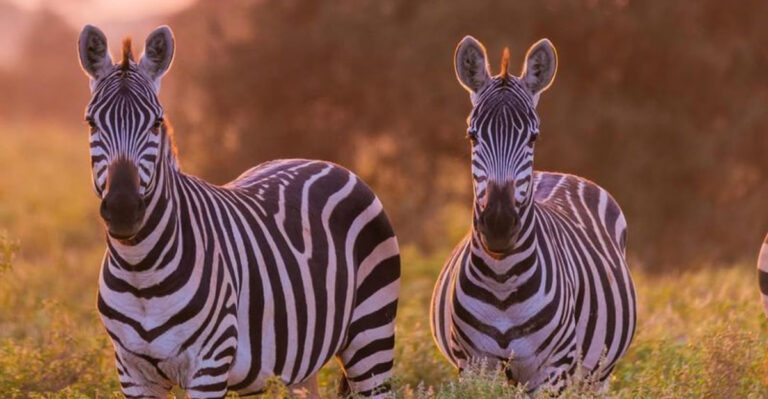19 Breathtaking Birds You Can Spot Across The United States
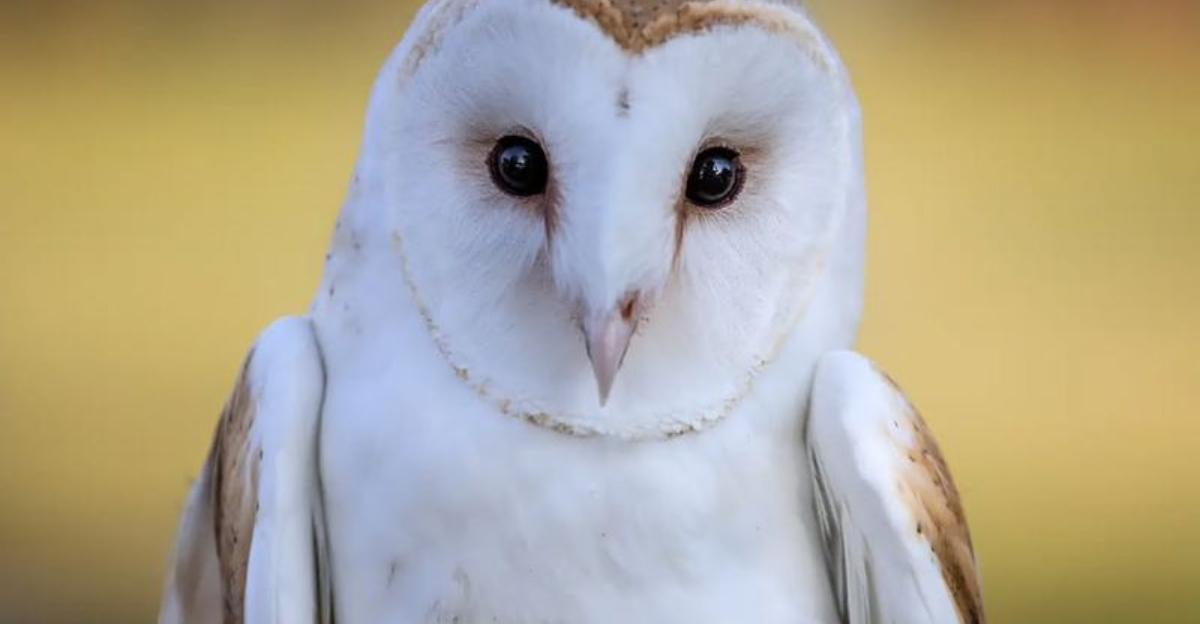
Embark on a vibrant avian journey across the United States, where the skies are painted with the hues of some of the most breathtaking birds. From coast to coast, the diversity of bird species is astounding, each one more captivating than the last.
Whether you’re a seasoned bird watcher or a curious nature enthusiast, these feathered wonders offer a delightful glimpse into the rich tapestry of wildlife that graces our land. So, grab your binoculars and prepare to be amazed by these spectacular birds that you can spot throughout the U.S.
1. Bald Eagle
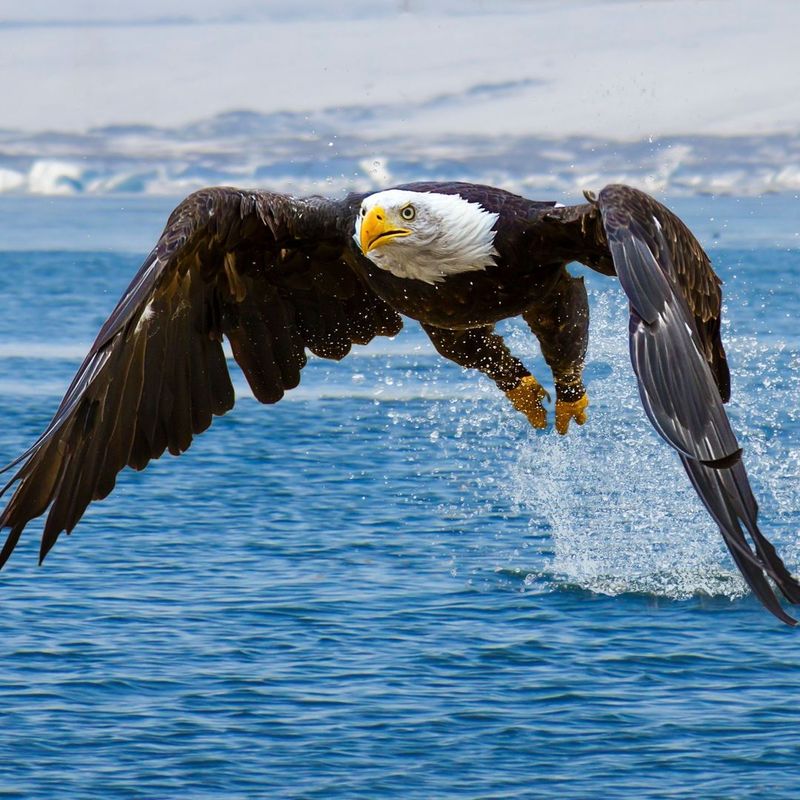
The bald eagle, a national symbol of strength and freedom, soars gracefully across the skies of the United States. With its impressive wingspan and striking white head, this bird is a sight to behold. Spotted predominantly near large bodies of open water, they are often seen gliding effortlessly, scanning for fish with their keen eyesight.
Despite being a symbol of power, these eagles are surprisingly light, weighing around 10 pounds. Their nests, however, are grand architectural feats, sometimes stretching over six feet wide! These nests, known as eyries, are often reused and added to each year, becoming larger with time.
Witnessing a bald eagle in flight is an unforgettable experience. Their presence is a testament to successful conservation efforts, as they were once on the brink of extinction. Now, thanks to protection laws and habitat restoration, the bald eagle population is thriving once more. So, keep your eyes peeled along rivers and lakes where these majestic birds are likely to appear.
2. Peregrine Falcon
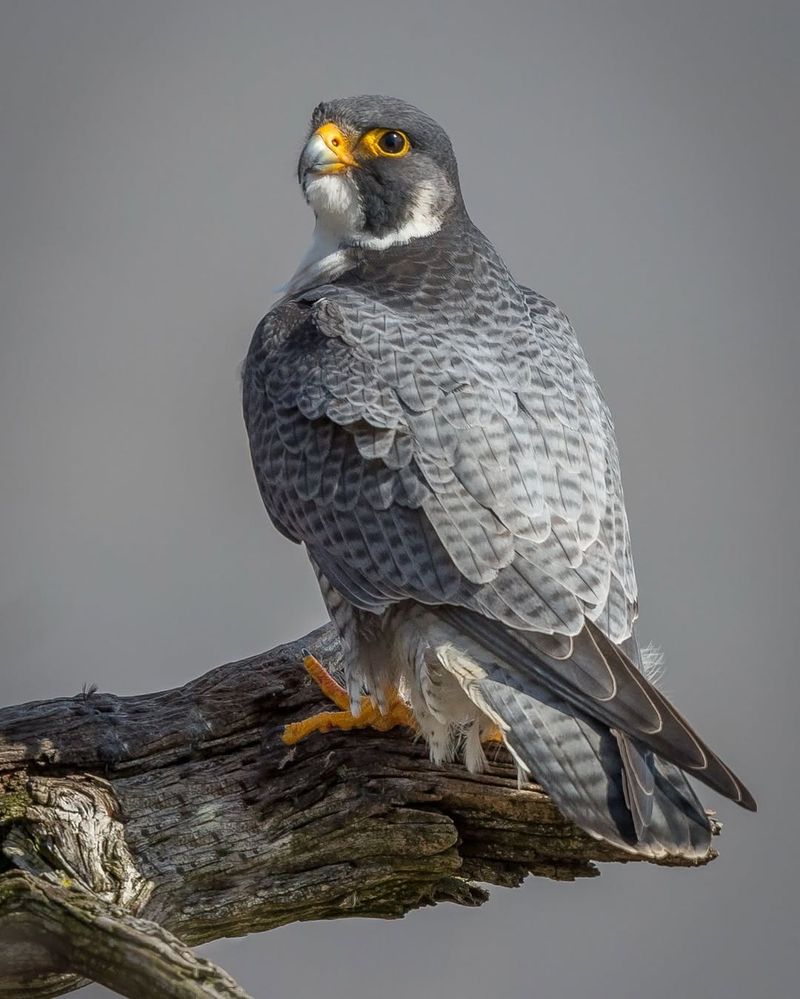
Renowned for its unparalleled speed, the peregrine falcon is nature’s ultimate skydiver. This remarkable bird can reach speeds of over 240 mph during its hunting stoop (high-speed dive), making it the fastest creature on the planet.
With such speed, one might think they are all brawn and no brain, but peregrines are clever hunters. They utilize their acute vision to spot prey from great distances. These falcons have adapted to various environments across the U.S., from bustling urban skyscrapers to secluded cliffs.
The peregrine’s story is one of resilience. Once endangered due to pesticide use, they have made a phenomenal comeback. Today, they can be seen soaring majestically, a reminder of nature’s ability to rebound. Spotting a peregrine falcon in action is witnessing raw power and grace in harmony.
3. American Robin
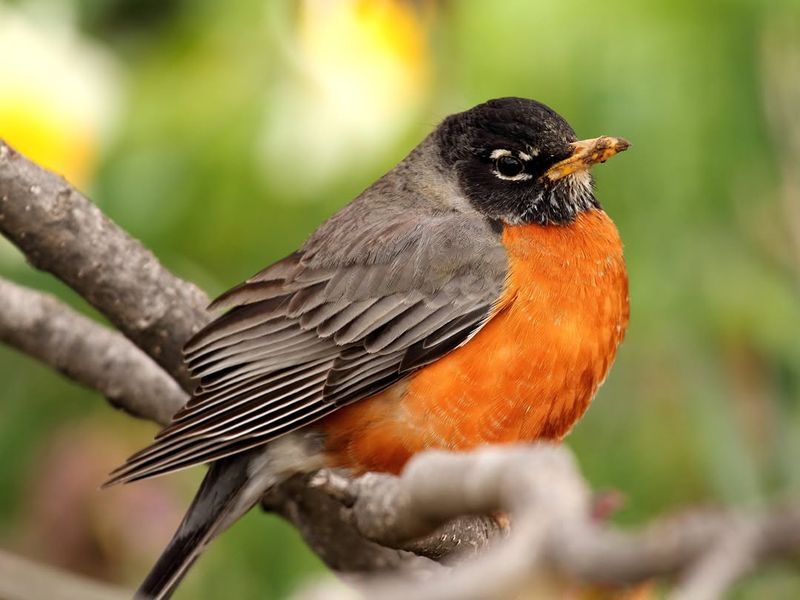
The American robin, with its cheerful song and vibrant red breast, is a beloved harbinger of spring. These birds are a common sight across America’s gardens and parks, busily hopping about in search of worms and insects.
Known for their distinctive ‘cheer-up’ song, robins are often the first to greet the dawn, and their melodic tunes can brighten any morning. Beyond their vocal prowess, these birds are skilled nest builders, crafting perfectly rounded nests with mud and grass.
While some may see these birds as ordinary, their adaptability and widespread presence make them extraordinary. Whether you’re enjoying a morning coffee on your porch or strolling through a park, an encounter with a robin is sure to bring a smile to your face.
4. Northern Cardinal
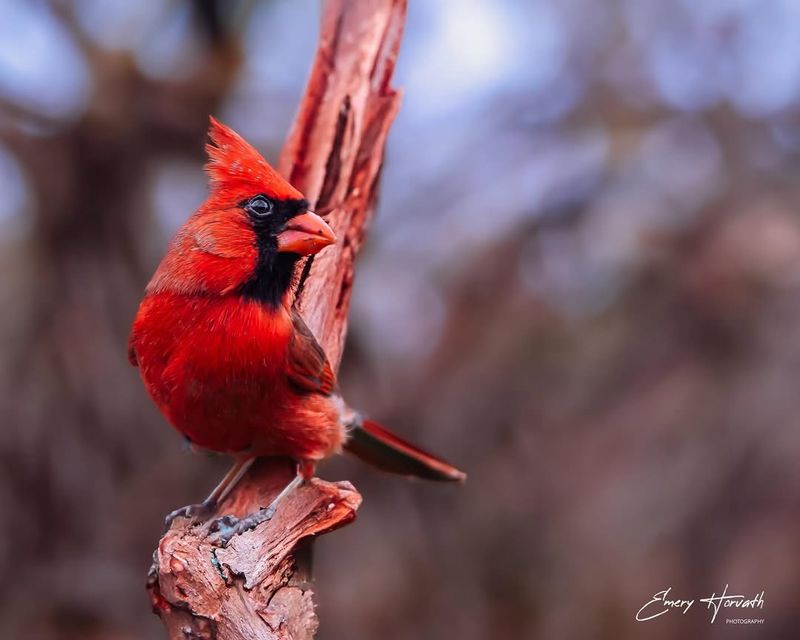
In the bleakness of winter, the northern cardinal stands out like a ruby against a snow-draped backdrop. This stunning bird, with its vivid red plumage and sharp crest, is a favorite among bird watchers and nature lovers.
Male cardinals, with their bright coloration, are easy to spot, while females boast subtler, yet equally beautiful hues of brown with red accents. Both sexes are known for their lovely whistle-like songs that bring life to even the chilliest days.
The charm of the northern cardinal extends beyond its beauty. These birds are monogamous, often seen foraging or perched together in pairs. Their presence in a garden is said to bring good luck, making every sighting a treasured experience.
5. Blue Jay
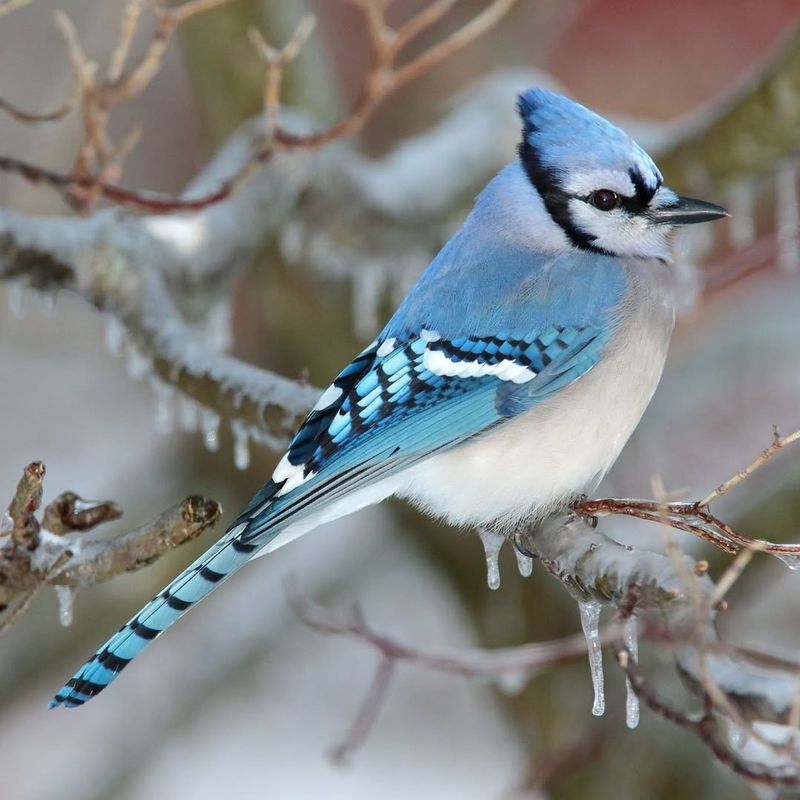
Feisty and full of character, the blue jay’s electric blue feathers shimmer in the sunlight, making it an unmistakable presence in any backyard. These birds are native to eastern and central North America, known for their intelligence and complex social behavior.
Blue jays are notorious mimics. They can imitate the calls of other birds, even hawks, to deter predators or trick other birds. This cunning nature, paired with their striking plumage, makes them both captivating and clever.
Beyond their vocal talents, blue jays are industrious. They often store food for later, showcasing foresight and planning. Watching a blue jay at play, or cleverly outwitting its peers, offers a glimpse into the lively world of these remarkable birds.
6. American Goldfinch
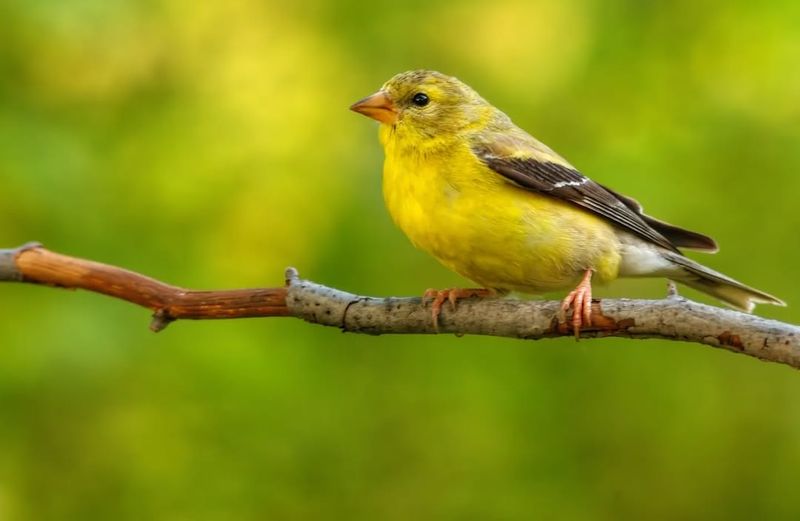
A burst of sunshine with wings, the American goldfinch graces gardens and fields across the U.S. with its vibrant yellow feathers. These small finches are a joy to spot, especially in summer when their colors are at their brightest.
Goldfinches are unique in that they molt twice a year, changing their plumage from dull brown in winter to bright yellow in summer. Their cheerful, twittering song is a familiar soundtrack to sunny days, as they flit about in search of seeds.
These finches are also known for their acrobatic flight patterns, often seen darting and weaving through the air. Their lively nature and striking appearance make the American goldfinch a favorite among bird enthusiasts and casual observers alike.
7. Great Horned Owl
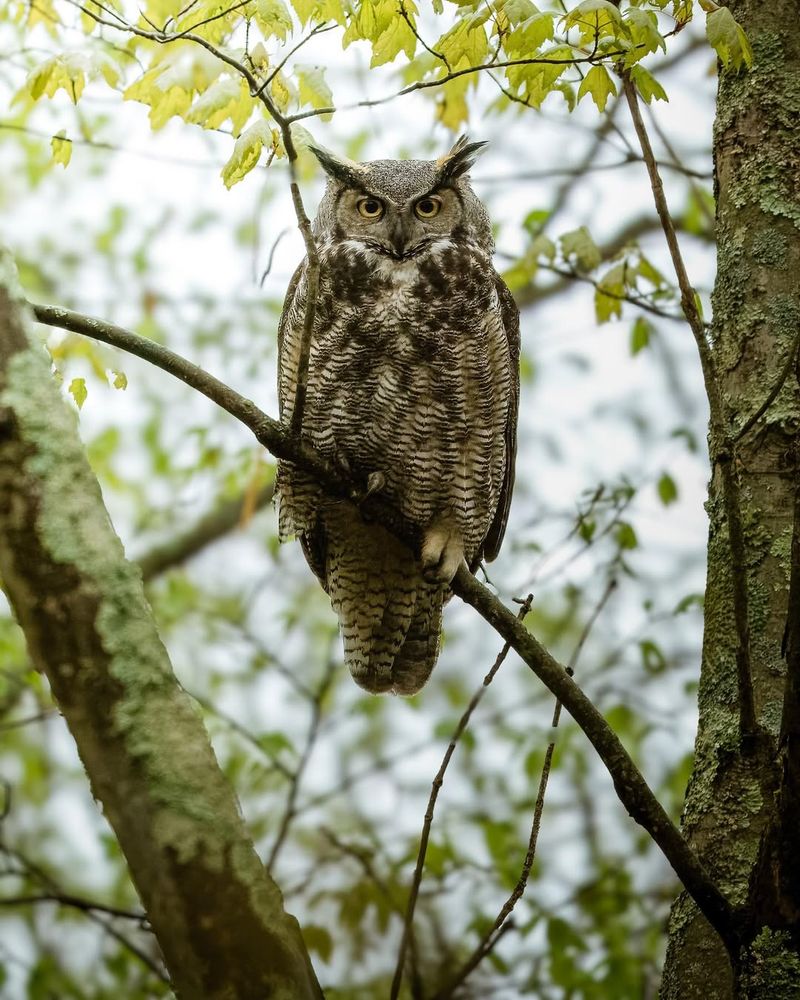
The great horned owl, with its imposing stature and distinctive tufts, commands respect in the avian world. Known as the ‘tiger of the sky’, this owl is a formidable predator with a diverse diet ranging from small mammals to other birds.
These owls are widespread across North America, often found in forests, deserts, and even urban areas. Their haunting calls echo through the night, a symphony of hoots that can send shivers down one’s spine.
Despite their fearsome reputation, great horned owls are attentive parents, fiercely protective of their young. Observing these majestic birds in their natural habitat is a privilege that offers insight into the fascinating world of nocturnal raptors.
8. Ruby-Throated Hummingbird
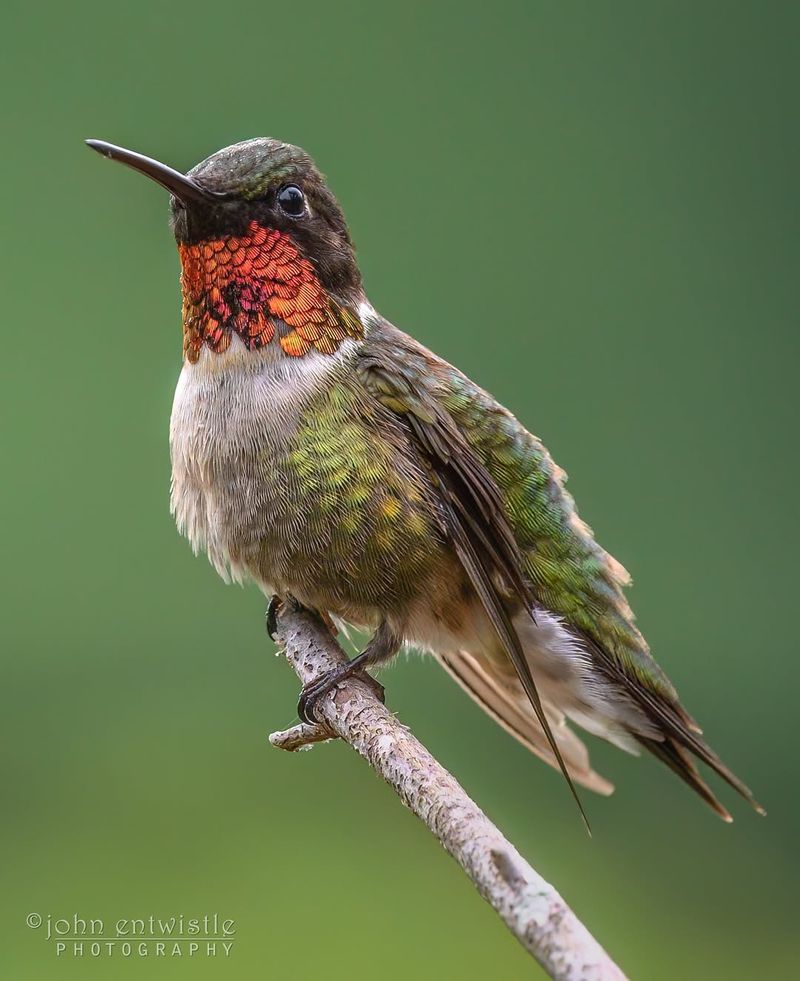
A marvel of aerodynamics, the ruby-throated hummingbird dazzles with its rapid flight and iridescent feathers. These tiny birds can hover in place, fly backward, and reach astounding speeds, all while their wings beat up to 53 times a second.
Native to eastern North America, they are often found flitting between nectar-rich flowers, their shimmering throat feathers flashing brilliant ruby-red in the sun. Their migratory journey is equally impressive, flying thousands of miles from North America to Central America for winter.
Creating a hummingbird-friendly garden with native plants and feeders can attract these captivating creatures. Their presence adds a dynamic and colorful element to any outdoor space, providing endless enjoyment for bird watchers and gardeners alike.
9. Snowy Owl
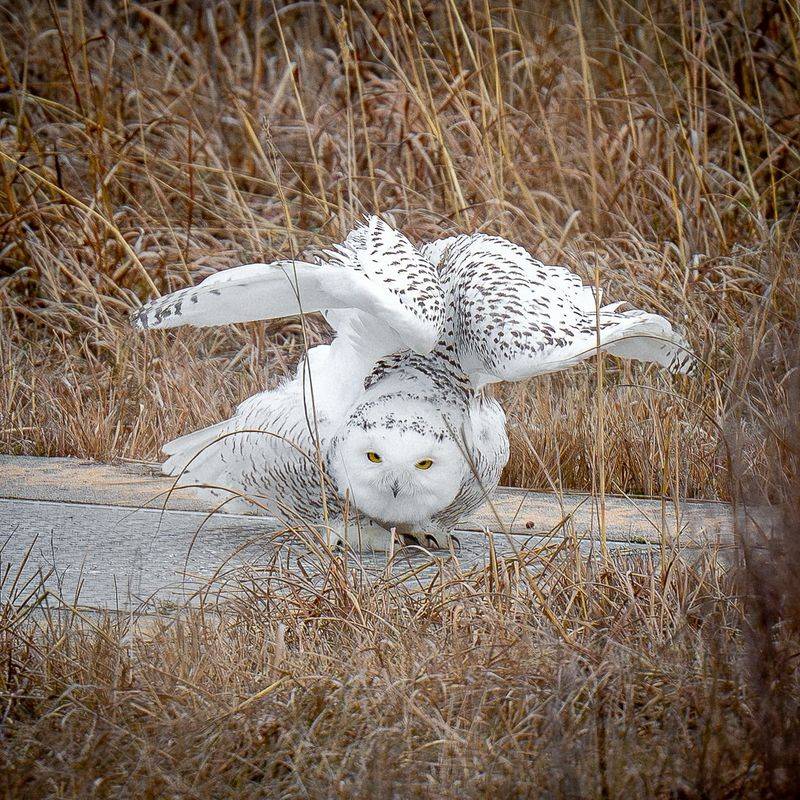
The snowy owl, with its ghostly plumage, is a striking sight against a wintery backdrop. These majestic birds, native to the Arctic tundra, occasionally venture into the northern U.S. during the colder months.
Renowned for their striking white feathers and piercing yellow eyes, snowy owls are adept hunters, often preying on rodents hidden beneath the snow. Their silent flight and keen vision make them formidable predators in their icy realm.
Spotting a snowy owl in the wild is a magical experience. Their presence in the lower 48 states is sporadic, making each encounter a special moment for bird enthusiasts and wildlife photographers.
10. Eastern Bluebird
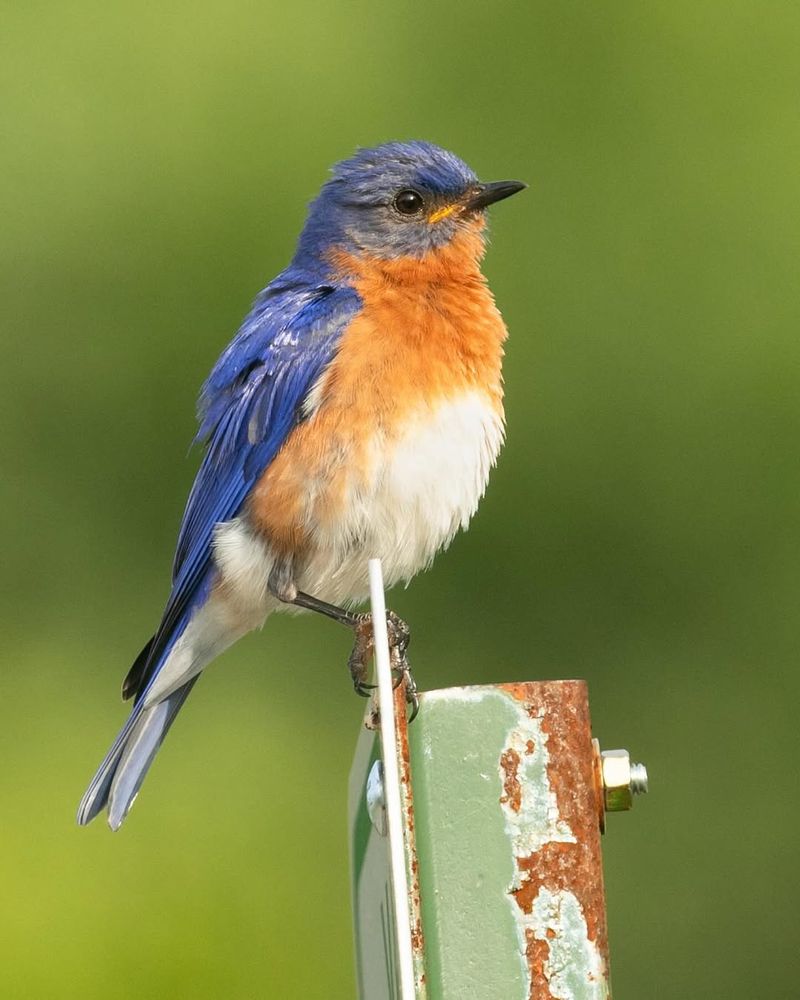
The eastern bluebird is a little burst of sky on wings, with its bright blue back and warm orange chest. These charming birds are often found in open woodlands, farmlands, and orchards across eastern North America.
Bluebirds are cavity nesters, often relying on old woodpecker holes or birdhouses for their homes. Their melodious song is as delightful as their appearance, a sweet, warbling tune that heralds the arrival of spring.
Conservation efforts, such as providing nesting boxes, have helped bluebird populations recover after declines due to habitat loss. Watching a pair of bluebirds flit about is like witnessing a living painting, a testament to nature’s beauty and resilience.
11. Red-Tailed Hawk
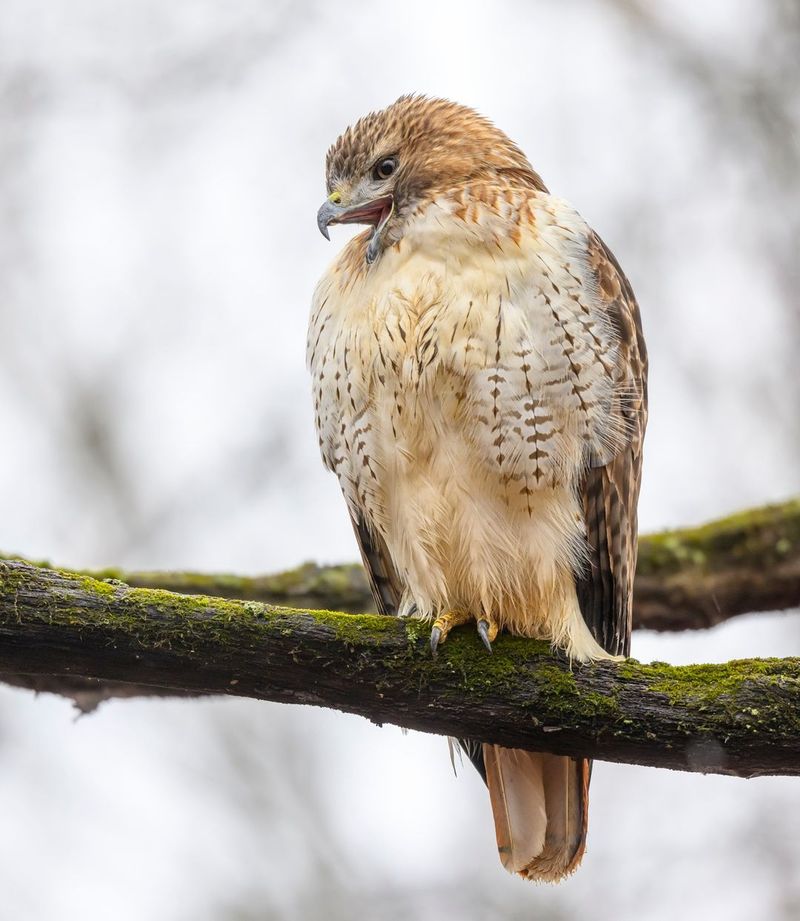
The red-tailed hawk is a master of the skies, its broad wings and distinctive red tail making it a familiar sight across the United States. These hawks are versatile hunters, often seen gliding effortlessly on thermals as they scan the ground for prey.
Renowned for their adaptability, red-tailed hawks inhabit a variety of environments, from deserts and plains to woodlands and urban areas. Their iconic, raspy cry is frequently featured in movies to represent all raptors, adding to their mystique.
Observing a red-tailed hawk in action is a study in power and precision. Their keen eyesight and formidable hunting skills make them one of nature’s most efficient predators, a spectacle of the wild that never fails to impress.
12. Barn Owl
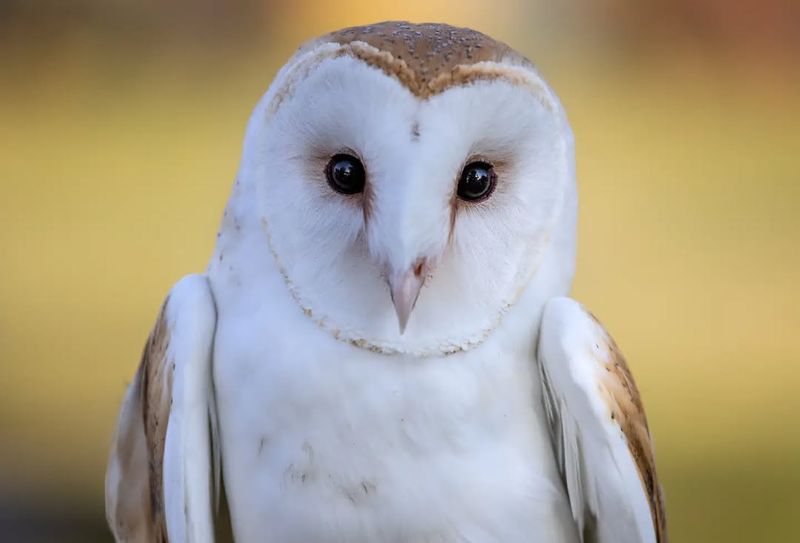
The barn owl, with its ethereal presence and ghostly appearance, is a silent predator of the night. Known for their heart-shaped faces and haunting screeches, these owls are found in rural areas across the U.S.
Barn owls are specialized hunters, relying on their acute hearing to locate prey even in complete darkness. Their ability to fly silently allows them to sneak up on unsuspecting rodents, making them effective pest controllers.
These enigmatic birds are often associated with folklore and mystery, their presence adding an element of the supernatural to nighttime landscapes. Encountering a barn owl in the wild is both a thrill and a privilege, a glimpse into the secretive life of nocturnal raptors.
13. American Kestrel
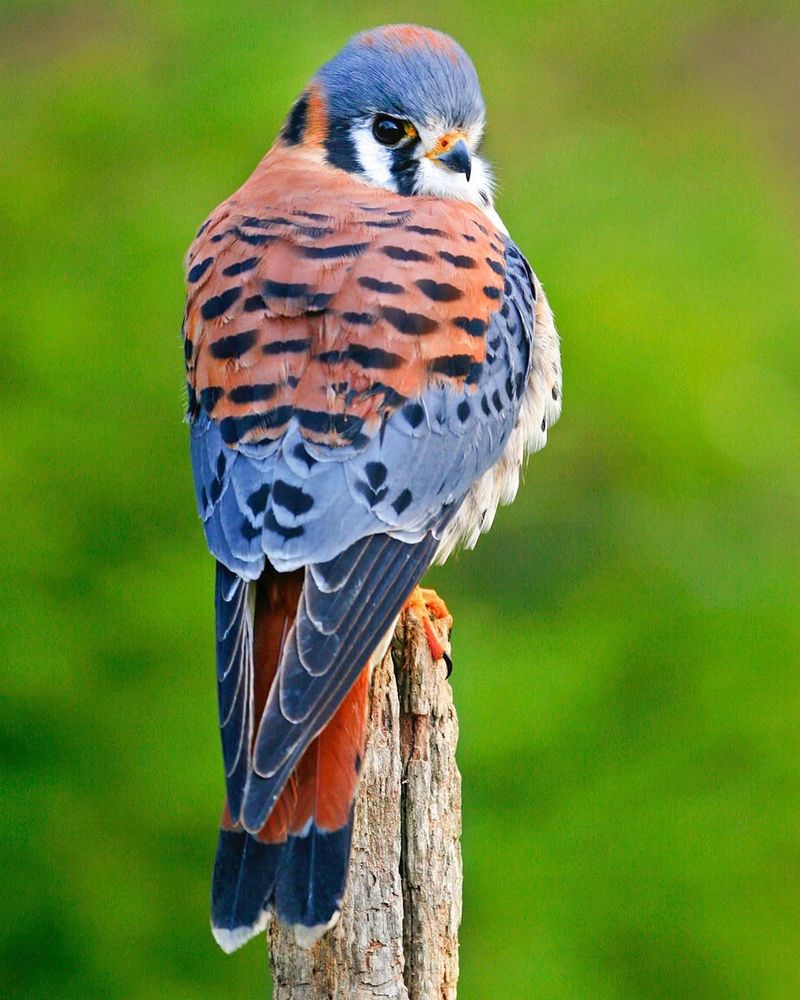
Small but mighty, the American kestrel is the smallest falcon in North America, yet it possesses all the daring and grace of its larger relatives. With striking plumage that includes shades of blue, orange, and white, these falcons are a colorful addition to any landscape.
Commonly seen perched on utility wires or poles, kestrels use their keen eyesight to spot insects and small mammals in the grass below. Their ability to hover in place before striking is a testament to their agility and hunting prowess.
American kestrels are adaptable and can thrive in a variety of habitats, from grasslands to urban areas. Watching a kestrel hunt is like witnessing a masterful aerial ballet, a dance of precision and beauty that captivates the observer.
14. Sandhill Crane
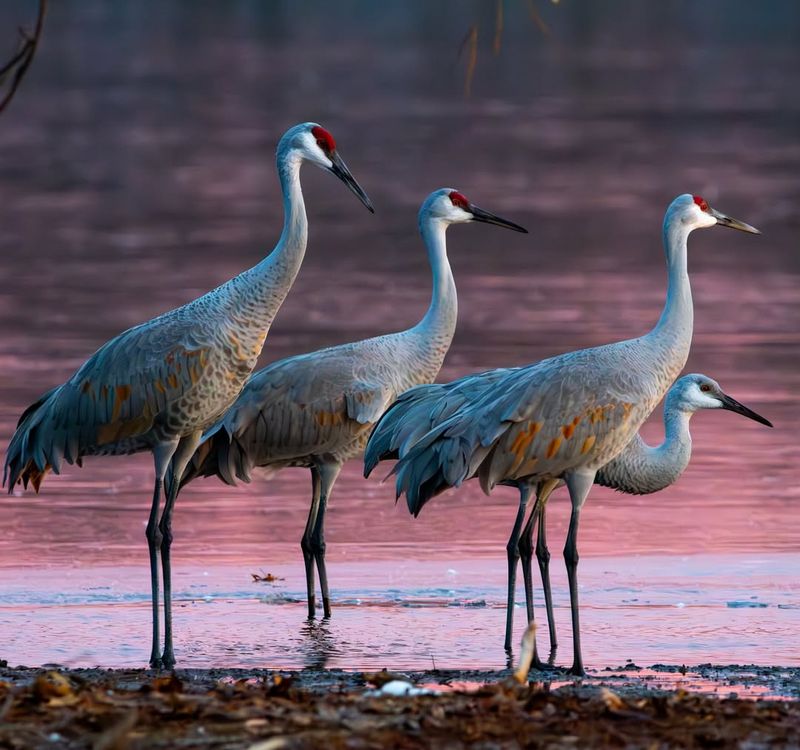
With an unmistakable silhouette and a call that echoes across wetlands, the sandhill crane is a bird that captivates with both grace and grandeur. Known for their elaborate courtship dances, these birds perform intricate displays involving bowing, leaping, and wing-flapping.
Sandhill cranes are often found in marshes, meadows, and grasslands, where their long legs and necks give them an elegant appearance. Their migration is a spectacular event, with thousands gathering in key stopover points, creating a mesmerizing spectacle of wings and sound.
Spotting a sandhill crane is a reminder of nature’s magnificence. Their presence in a wetland signals a healthy ecosystem, and their majestic dance is a celebration of life. Bird watchers and nature enthusiasts alike find joy in observing these stunning birds in their natural habitat.
15. Pileated Woodpecker
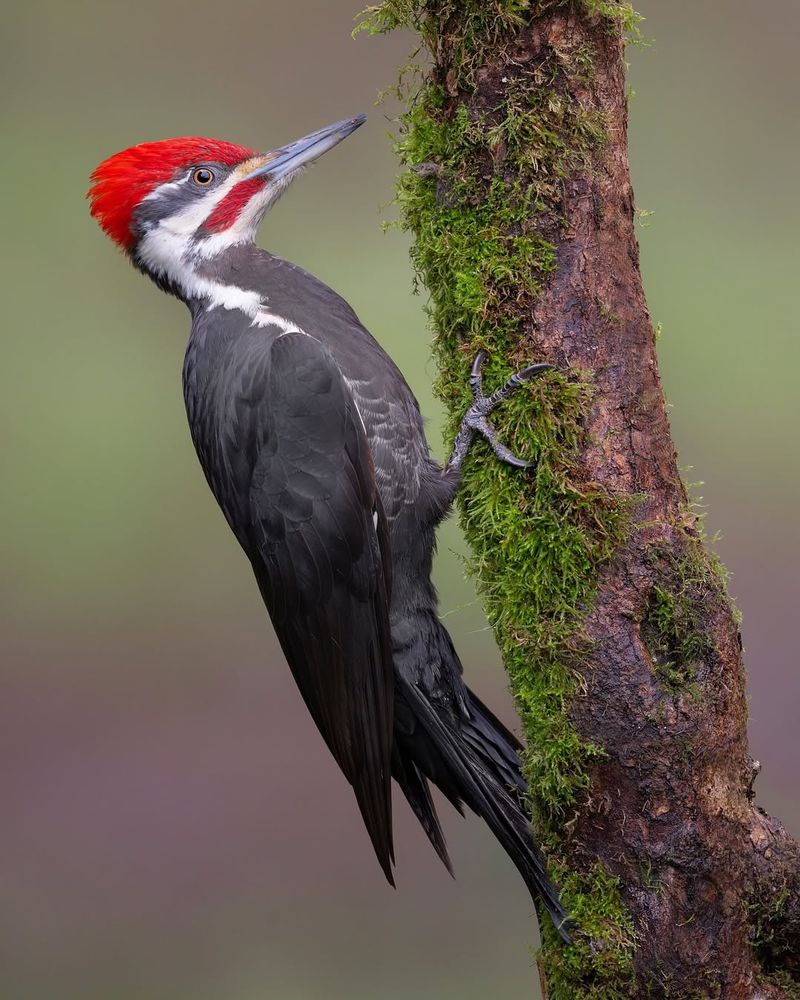
The pileated woodpecker, with its bold red crest and powerful beak, is an icon of North American forests. These large woodpeckers are known for their distinctive drumming, a sound that resonates through woodlands as they excavate trees in search of insects.
Often seen in mature forests, these birds leave behind rectangular holes in trees, a telltale sign of their foraging activity. Their striking appearance and loud calls make them a favorite among bird watchers and naturalists.
Observing a pileated woodpecker in action is like witnessing a living jackhammer at work. Their role in the ecosystem is crucial, as their excavations provide habitats for other species, showcasing the interconnectedness of nature’s web.
16. California Condor
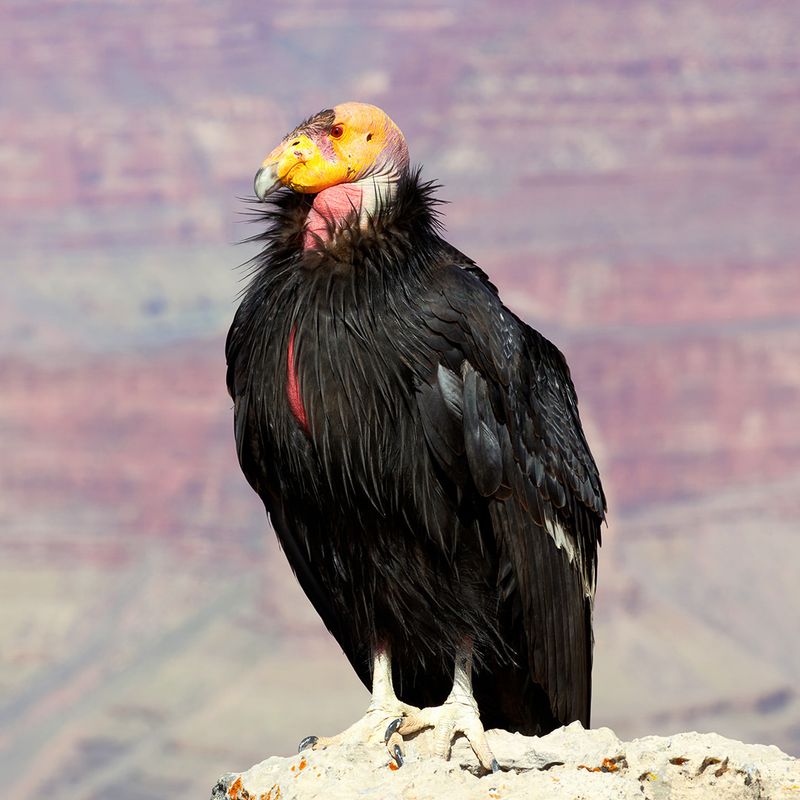
The California condor, with its massive wingspan and vulture-like appearance, is a symbol of hope and conservation success. Once on the brink of extinction, these birds have made a remarkable recovery thanks to dedicated conservation efforts.
These condors are often seen soaring over rugged canyons and cliffs in California and Arizona, using thermal updrafts to stay aloft for hours. Their bald heads and impressive size make them a distinctive presence in the skies.
The story of the California condor is a testament to human perseverance and nature’s resilience. Spotting one in the wild is a privilege, a reminder of the ongoing efforts needed to preserve our planet’s biodiversity.
17. Roseate Spoonbill
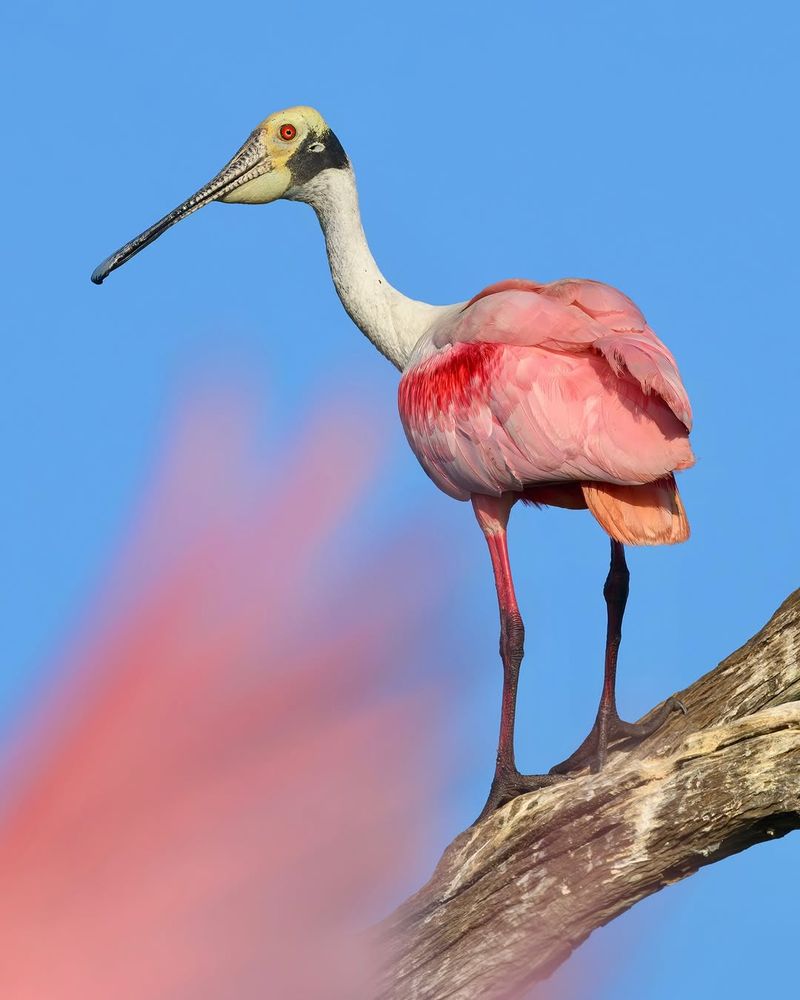
A vision in pink, the roseate spoonbill adds a splash of color to the southern U.S. wetlands. With their unique spoon-shaped bills and vibrant plumage, these birds are a delight to observe as they forage in shallow waters.
Spoonbills use their specialized bills to sift through mud and water, searching for crustaceans and small fish. Their feeding technique is both practical and mesmerizing, a dance of coordination and efficiency.
These birds are often found in the company of other wading birds, adding diversity and vibrancy to coastal habitats. Their presence in a wetland is a testament to the rich biodiversity of these vital ecosystems, offering bird watchers a colorful spectacle to enjoy.
18. Western Meadowlark
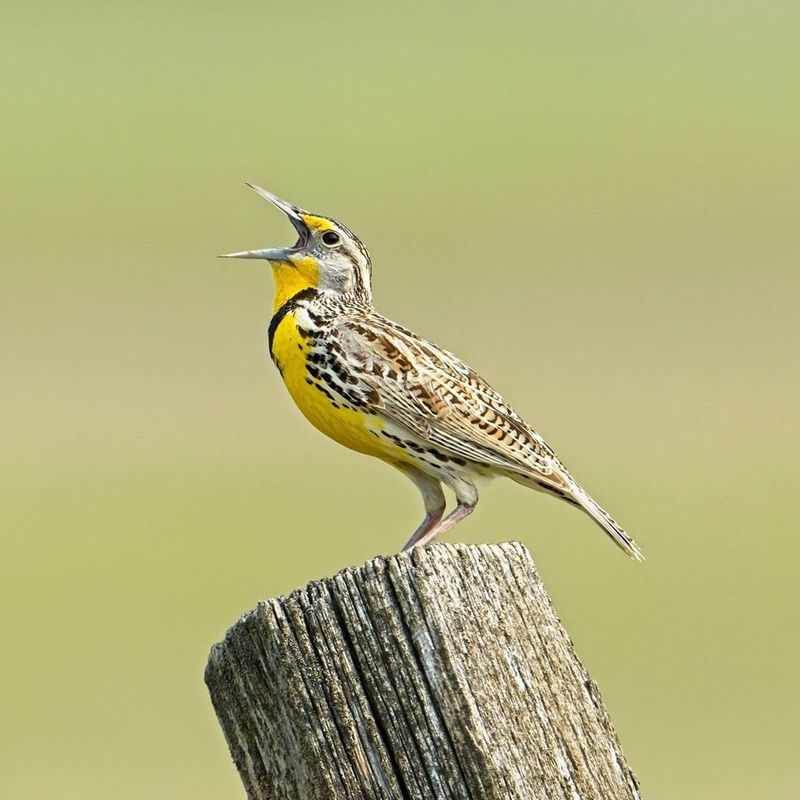
The song of the western meadowlark is a joyful melody that rings across the prairies of North America. These birds, with their bright yellow breasts and distinctive black ‘V’, are often seen perched on fence posts, singing their hearts out.
Meadowlarks are ground nesters, making their homes in the grasslands and open fields. Their songs are a symphonic celebration of the wide-open spaces they inhabit, a sound that defines the prairie landscape.
Observing a western meadowlark is like being serenaded by nature itself. Their presence is a reminder of the beauty and serenity found in the vast expanses of our country’s heartland.
19. Scarlet Tanager
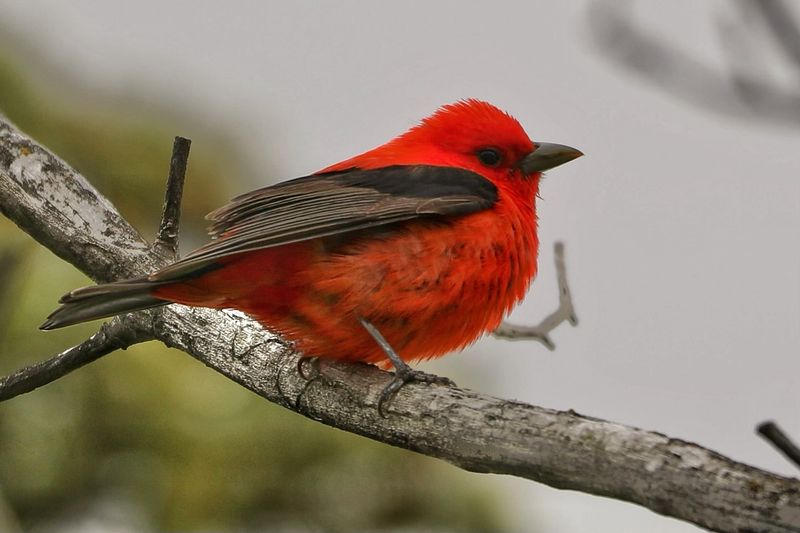
The scarlet tanager, with its brilliant red body and contrasting black wings, is a striking presence in the deciduous forests of eastern North America. These birds are often heard before they are seen, their cheerful songs echoing through the trees.
Despite their vivid coloration, scarlet tanagers are surprisingly elusive, often staying high in the forest canopy. Their diet consists mainly of insects and fruit, which they expertly glean from the foliage.
Spotting a scarlet tanager is a special treat for bird watchers. Their fiery plumage and melodic song make each encounter memorable, a splash of vibrant color in the dense greenery of a forest.




